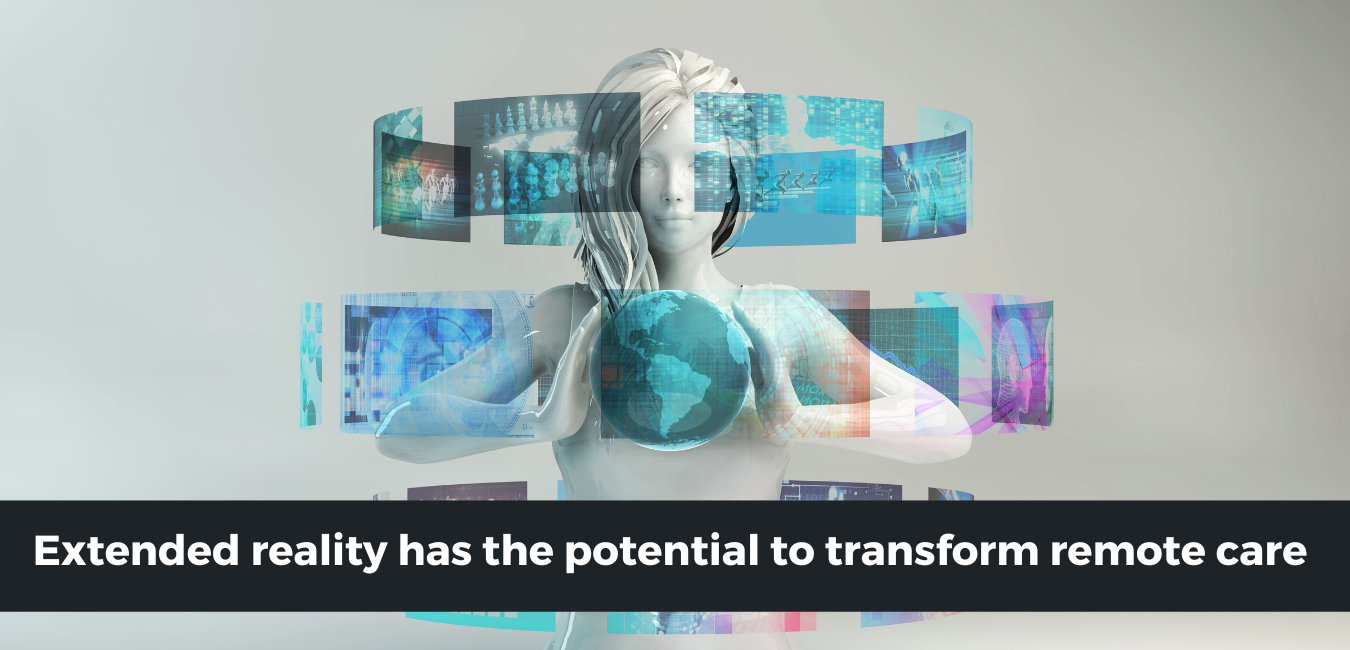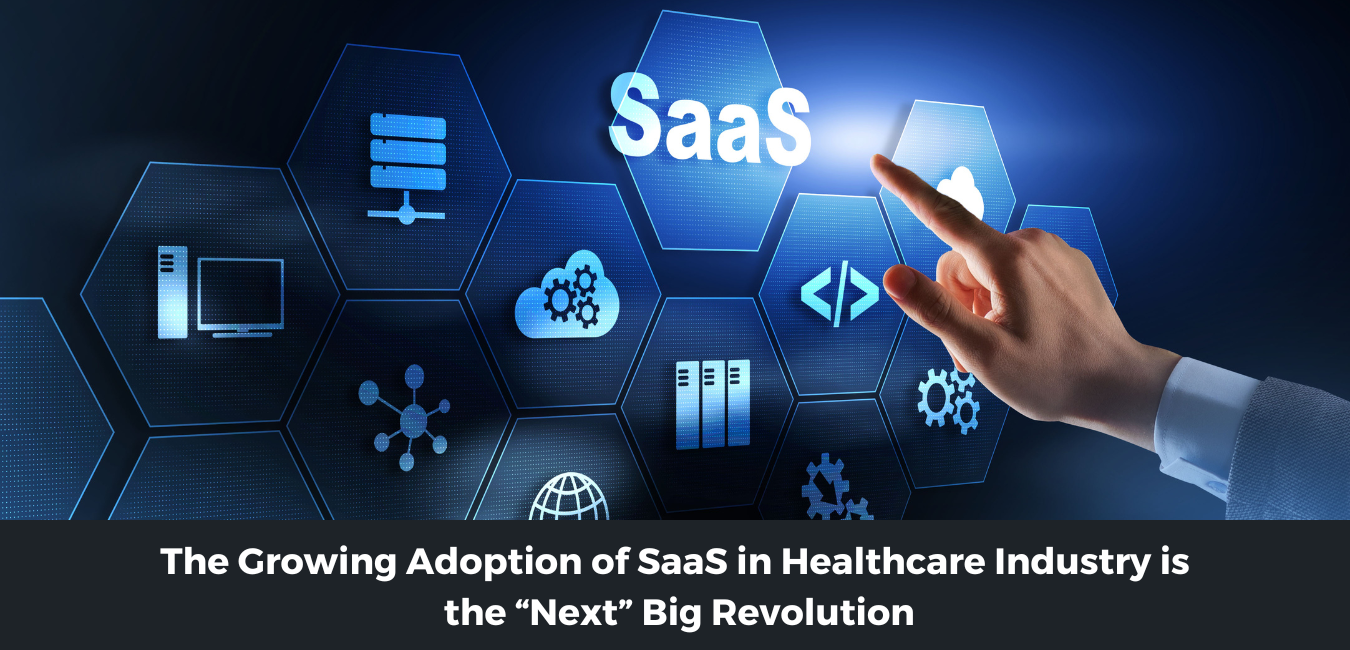Global Vaccination: How The Evolving Healthcare Infrastructure Is Supporting the Fight Against Pandemic

COVID-19 (coronavirus) vaccines have started becoming accessible in most countries and are probably a severe product in fighting the pandemic in 2021. Several vaccines are already in the development trails or phase three trials that have reported promising data in the initial phase, with some receiving authorization for use.
Now the focus is expected to shift to how quickly and successfully vaccines can be supplied and distributed, an effort that will be the largest simultaneous global public-health initiative ever undertaken. The challenge's scale is enormous: from the sheer volume of doses wanted to plan for uncertainties around the vaccines' efficacy, safety, and durability — and from logistical and storage challenges to the service-delivery model. Governments from around the globe are likely to mount communication and education campaigns to meet the consumer's concerns about vaccine safety. Especially, underserved populations excessively affected by COVID-19, including ethnic, minority, and socioeconomically deprived groups and rural populations, may face vaccine adoption disparities if the companies or government execute without proactive planning.
COVID-19 Vaccine Delivery Challenge Worldwide
The scientific community's non-countable outstanding progress has brought the vaccine closer to consumer's doorstep at the earliest. The stick now passes from the scientific community to a new collaborative effort, led by government & policymakers, the private sector, healthcare professionals, and other community groups. The COVID-19 vaccine rollout will be different from any other prior vaccine delivery effort. Governments and associated partners will be expected to rapidly accelerate their efforts to ensure they can meet community expectations of efficient vaccine delivery at no extra time or cost.
Multiple factors are carried out to make the COVID-19 vaccine rollout.
Accelerated Pace and Giant Scale of Delivery
Nations face a four-by-four challenge: a vaccine arriving at four times the pace and requiring delivery four times the scale.
Four times the pace – The coronavirus vaccine has been developed four times faster than the mumps vaccine, the previous record for a vaccine developed for use in the broader public setting. The consequence of this rapid pace of clinical development is that governments and policymakers have had far less time than previously to prepare for a robust vaccination program.
Four times the scale – The COVID-19 vaccine rollout is expected to be four times larger than any previous effort because the aspiration is for broad adoption at significantly higher rates than typically achieved with seasonal adult vaccines, such as the flu. Compared with the flu, roughly half the adult population across the OECD is protected each year with a single dose. The COVID-19 condition may require vaccinating over half the adult population with two doses. Globally, it makes the vaccine need for billions of people.
Considering digital infrastructure to help through the COVID-19 pandemic
- Various Nation's digital infrastructure requires strengthening to deal with the COVID-19 impact and future public health crises
- Proper Artificial Intelligence (AI) integration into the public health response should be an urgency
- Big data analysis involving disease transmission patterns, citizens' movement, and health monitoring to aid prevention measures
Considering the past, the world has witnessed the rise of SARS, Ebola, Zika virus, and now COVID-19. This virus is a rising threat to the communities.
Cities around the world have set priorities related to infrastructure innovation to safeguard their physical systems so they can stay antifragile and robust during natural disasters such as tsunami, earthquakes, and hurricanes. But pandemics have exposed that these approaches aren't enough to ensure connectivity and access to society during biological disasters.
At the time of this crisis, the primary challenge is to integrate and update digital infrastructure at various public health response stages, particularly in epidemic forecasting and decision making. In the 17 years later SARS, a new digital age era has arisen; AI and the Internet of Things (IoT) could be instrumental in keeping this new virus within measurable limits.
Pressure on Digital Infrastructure
Governments are now dependent on ubiquitous instruments (sensors) and authoritative algorithms instead of flesh-and-blood spooks. To track the COVID-19 impact, several governments have hugely implemented systems based on these new surveillance tools.
The world map also shows the decrease in people's transportation has drastically reduced carbon emissions across different geographies, but what are the digital technologies emissions? Will the large volume of people working from home (WFH) using digital systems in quarantine can cause or increase emissions from other fonts? What is being done by the large cloud-service providers to address the capacity issue?
Predicting and Modeling Outbreaks
In the current COVID-19 pandemic, there are three significant occurrences worldwide –
- Wider acceptance of online services
- Rising internet services requirements for conventional industries
- Boosted connectivity among diverse types of industries
These three data streams provide essential, real-time data about individual travel patterns that spread disease and longitudinal changes in populations at risk, which until recently have been very difficult to quantify on schedules related to a fast-moving pandemic. With an exponential rise in mobility and growing global connectivity, this information will be critical to planning surveillance and containment strategies.
Some researchers and private entities, and their respective state governments focus on evolving digital platforms and HealthMap to map the disease occurrences based on location, time, and contagious virus type.
Digital infrastructure plays an essential role in predicting and modeling outbreaks. Considering AI-supported services for a lung CT scan service: the AI is premeditated to detect lesions of probable coronavirus pneumonia quickly to measure its volume, shape, and density; as well as also use to compare multiple lung lesions changes from the image. This innovative tool provides a quantitative report to support doctors in making quick judgments and thus expediting patients' health evaluation.
Roadmap for a Better Future for Global Vaccination
The pandemic has provided a new start for digital infrastructure development across the globe. Using big data, cloud, and AI applications creates room for industries to develop and shape new business models that benefit citizens in understanding the severity of pandemic disease and ensure preventive measures.
A stakeholder (private and governmental) alliance also supports pharmaceutical enterprises with millions in funding to find the most appropriate vaccine for the coronavirus virus. To modernize, upgrade and update the global digital infrastructure and tackle the COVID-19 impact and future pandemics, different financial and supply chain models will evolve, such as consumption/outcome-based public-private partnership models to ease the financial crisis during the development phase.
It is now the most accurate moment for global countries to accelerate the construction of new digital infrastructures, such as AI, ML, big data, and IoT, in addition to the hastening of vital projects and major infrastructure construction that's already included in countries' financial stimulus plans to ease the supply or distribution of vaccines and monitoring of the virus impact worldwide.










